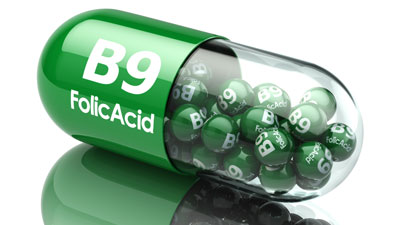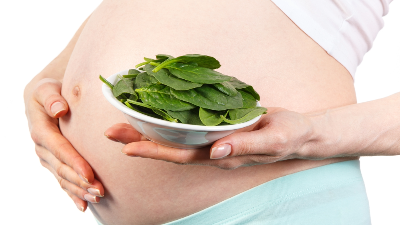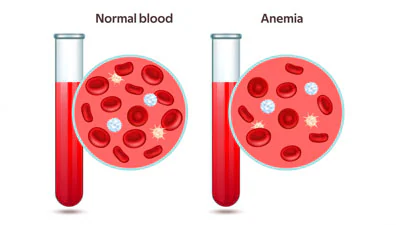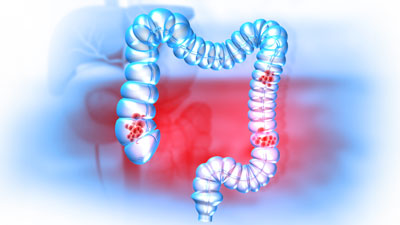
Folate is a nutrient most people only think of during pregnancy, though typically they think of its synthetic form, folic acid. While folate is imperative during periods of fast growth, like fetal development, we need folate throughout our lives for many important functions.
Our body uses folate to produce healthy red and white blood cells, DNA and RNA, proteins, and to synthesize serotonin, a neurotransmitter that affects our mood. It also has an important role in fighting cancer and in breaking down homocysteine, an amino acid that in excess can cause cardiovascular disease, dementia, Alzheimer’s disease, and muscle strength loss.
Getting an appropriate folate intake is easy when we follow a whole-food, plant-based (WFPB) diet because it is highly present in dark leafy greens and legumes.
People who mostly eat animal-based products are at risk of deficiency. This is why folic acid has been added to processed grains and other foods since 1998. But here’s a key difference between folate and folic acid: As a water-soluble nutrient, our body eliminates any excess folate through urine, so there’s no risk of toxicity through WFPB sources. Instead, we do accumulate excess folic acid and this could lead to cancer or cognitive decline.
Even if we’re not taking supplements, we should be aware of how much folic acid we’re getting through fortified foods like bread, cereal, pasta, and even nutritional yeast. Whenever possible, choose unfortified foods and get your folate from greens and legumes.
Scroll down to discover some of folate’s top sources, to try our personalized nutrition calculator, and to learn more important information.
Top Whole-Food, Plant-Based Sources
Hover over each food below to see how much folate or vitamin B9 you can get with one serving. Click on each food’s picture to visit its interactive page with a personalized calculator of all the nutrition you can get from one serving, more information about how it supports our body, tips to choose and prepare it, interesting facts, and more!
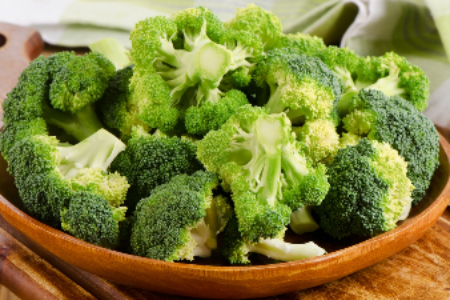
Broccoli
1 cup cooked = 42% DV
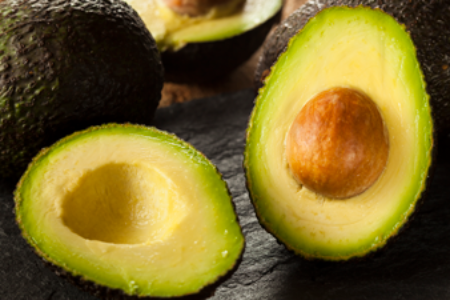
Avocado
1 medium = 28% DV
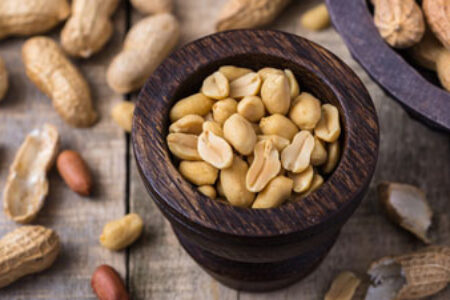
Peanuts
1/4 cup = 22% DV
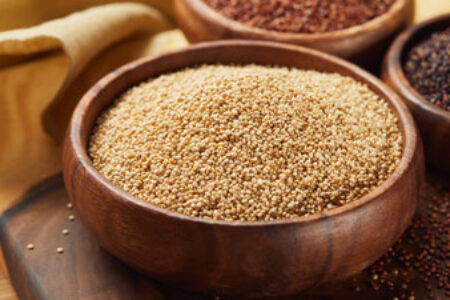
Quinoa
1 cup cooked = 19% DV

Leafy Greens
1 c cooked spinach = 66% | collard greens = 34% | kale = 19% DV
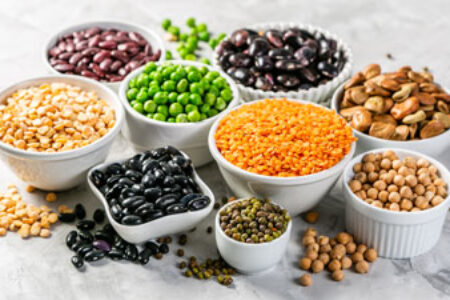
Legumes
1 c edamame = 121% | lentils = 90% | chickpeas = 71% DV

Asparagus
1 c cooked = 67% DV
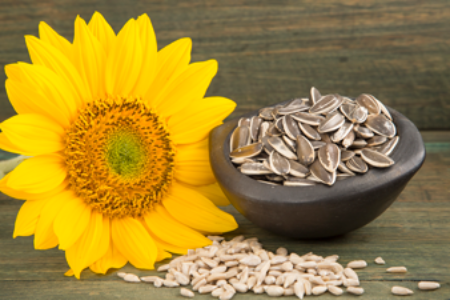
Sunflower Seeds
1/4 c kernels = 20% DV
Vitamin B9 Folate Personalized Calculator
See how much vitamin B9 or folate you and your family members need, according to the Dietary Guidelines for Americans, 2020-2025.
Terminology:
- Daily Value (DV): The recommended amount of nutrients to consume each day for individuals who are 4 years old or older.
- Recommended Daily Allowance (RDA): The recommended amount of nutrients to consume each day according to the individual’s age, gender, and whether a woman is pregnant or breastfeeding.
- Upper Intake Level (UL): The highest amount of nutrient intake that will not pose adverse health effects on most individuals.
- Dietary Folate Equivalents (DFE): This is used to make up for absorption differences between folate sources and folic acid. 1 mcg DFE = 1 mcg of food folate, 0.6 mcg of folic acid taken with food, and 0.5 mcg of folic acid supplements taken on an empty stomach.
Important Things to Know
Comparison of Folate Sources
You may be wondering about other potential sources of folate, such as supplements and meat. Below we make a quick and simple comparison between the three options.


